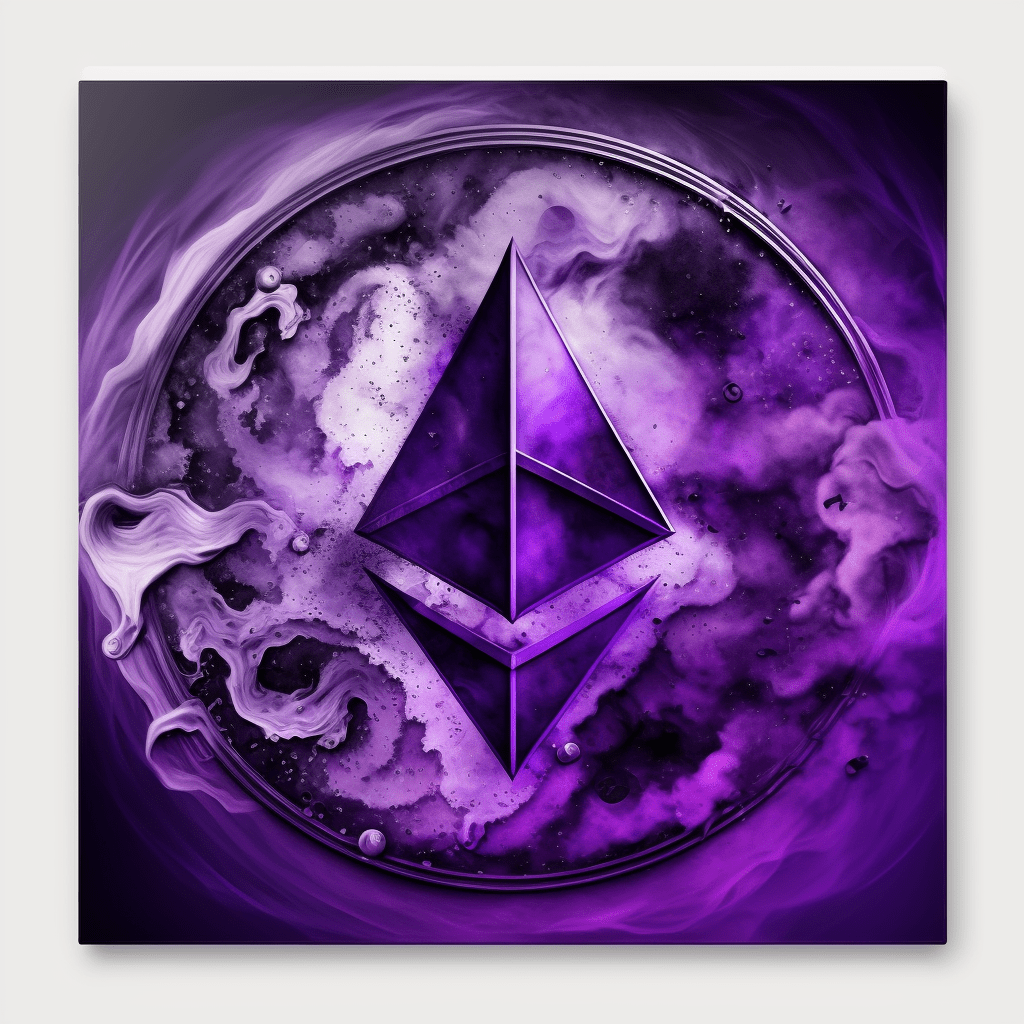
Creating an NFT on the Ethereum blockchain has become increasingly popular as the world of digital art and collectibles continues to expand. Whether you’re an artist looking to sell your work or a collector wanting to mint a unique digital asset, understanding the costs associated with NFT creation on Ethereum is essential. In this article, we’ll delve into the various factors that determine the cost of creating an NFT on Ethereum, as well as some tips for reducing those costs.
Understanding Gas Fees
The primary cost associated with creating an NFT on Ethereum is the gas fee. Gas fees are essentially the price you pay for the computational resources required to process a transaction on the Ethereum network. These fees fluctuate based on network congestion and demand, which means the cost of creating an NFT can vary greatly depending on when you choose to mint it.
Minting NFTs: Smart Contracts and Gas

To mint an NFT on Ethereum, you’ll typically use a smart contract – a self-executing contract with the terms of the agreement directly written into code. When you create an NFT using a smart contract, the Ethereum network needs to process the contract, which requires computational resources. The gas fee you pay is the cost of these resources.
There are two primary factors that determine the gas fee for minting an NFT:
- Gas price (measured in Gwei): This is the cost of each unit of gas, typically denominated in Gwei (1 Gwei = 0.000000001 Ether). Gas prices are determined by the market and can change rapidly based on network congestion and demand.
- Gas limit: This is the maximum amount of gas you’re willing to spend on the transaction. The more complex the smart contract, the higher the gas limit will be. If you set the gas limit too low, your transaction may fail, and you’ll lose the gas fee.
Cost Estimations for Creating an NFT on Ethereum
The cost of creating an NFT on Ethereum can vary widely depending on gas prices and the complexity of the smart contract used. As of September 2021, the average cost of minting an NFT on Ethereum ranged from $50 to $150, but this figure can fluctuate significantly due to market conditions.
To get a more accurate estimate of the cost of creating an NFT on Ethereum, you can use tools like ETH Gas Station or Etherscan, which provide real-time data on gas prices and can help you calculate the total cost of your transaction.
Reducing the Cost of NFT Creation on Ethereum
While the costs associated with creating an NFT on Ethereum can be high, there are several strategies you can employ to minimize these expenses:
- Timing Your Transactions: As mentioned earlier, gas fees fluctuate throughout the day. By timing your NFT minting during periods of lower network congestion, you can potentially save on gas fees. Keep an eye on gas price trackers to identify the best times to mint your NFT.
- Optimizing Your Smart Contract: The complexity of your smart contract can significantly impact the gas fees associated with NFT creation. Try to optimize your smart contract by removing unnecessary functions or using more efficient code to minimize gas costs.
- Using Layer 2 Solutions: Layer 2 solutions are secondary networks built on top of Ethereum that aim to improve scalability and reduce transaction fees. Examples of Layer 2 solutions include Polygon (formerly Matic) and Immutable X. By using these solutions, you can potentially reduce the cost of minting an NFT on Ethereum.
Choosing the Right NFT Marketplace
Another factor that affects the cost of creating an NFT on Ethereum is the marketplace you choose to mint and sell your NFTs. Different platforms have their own fees and structures, which can impact the overall cost of creating an NFT. Some popular Ethereum-based NFT marketplaces include:
- OpenSea: As the largest NFT marketplace, OpenSea allows users to mint their NFTs directly on the platform. OpenSea charges a one-time fee for the initial setup of your personal collection and a 2.5% fee on sales. However, gas fees for minting NFTs on OpenSea can be quite high due to its popularity.
- Rarible: Rarible is another popular NFT marketplace that allows users to mint NFTs on its platform. Rarible charges a fee for minting NFTs and also takes a percentage of each sale.
- SuperRare: SuperRare is a curated NFT marketplace focused on high-quality digital art. To mint an NFT on SuperRare, you need to apply and be accepted as an artist. Once approved, you can mint your NFTs directly on the platform, but be prepared to pay a higher fee for the premium service.
When selecting an NFT marketplace, consider the costs associated with minting, listing, and selling your NFTs on each platform. Additionally, take into account the target audience and community engagement for each marketplace, as these factors can impact the overall value and success of your NFT.
Key Takeaways

Creating an NFT on Ethereum involves several costs, including gas fees and marketplace fees. To minimize these expenses, it’s essential to:
- Understand how gas fees work and use tools to estimate and track gas prices
- Optimize your smart contract and consider using Layer 2 solutions to reduce gas costs
- Choose the right NFT marketplace based on fees and target audience
- Keep an eye on Ethereum’s development, as future upgrades may impact the cost of NFT creation
By taking these factors into account, you can better budget for NFT creation on Ethereum and maximize the value of your digital art and collectibles.
